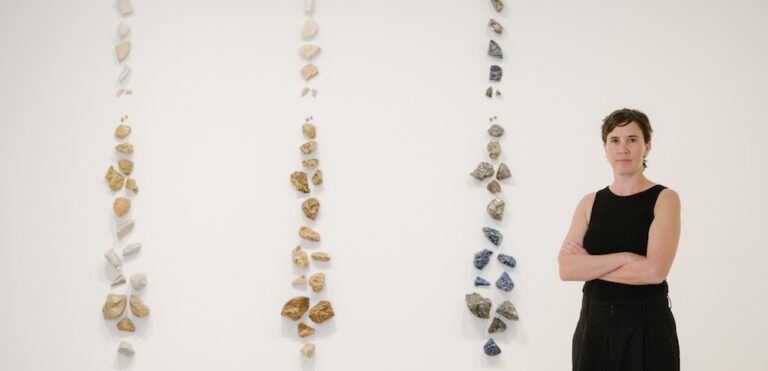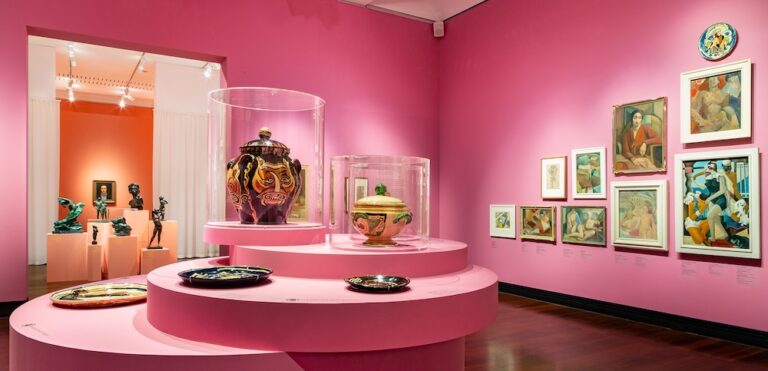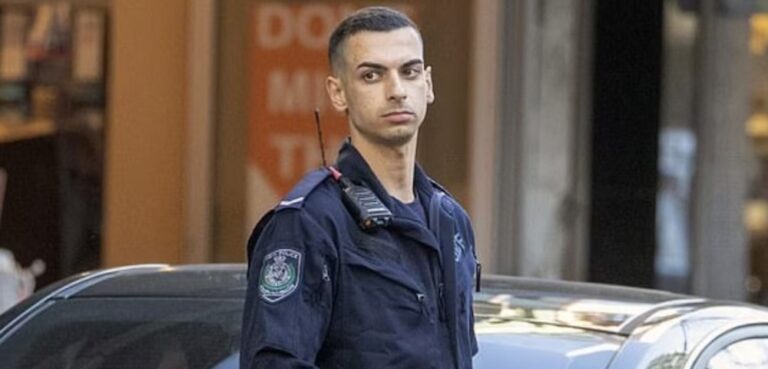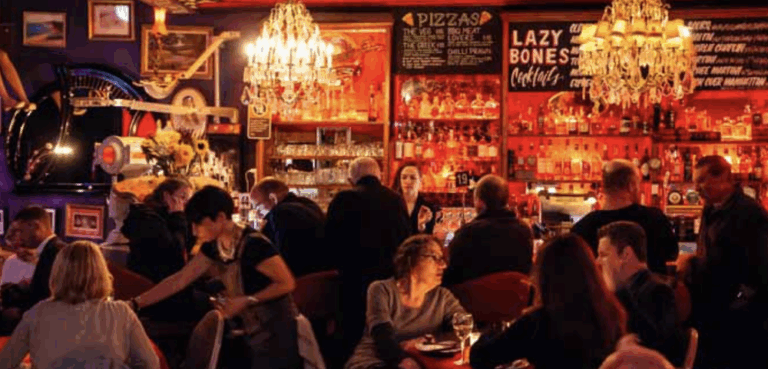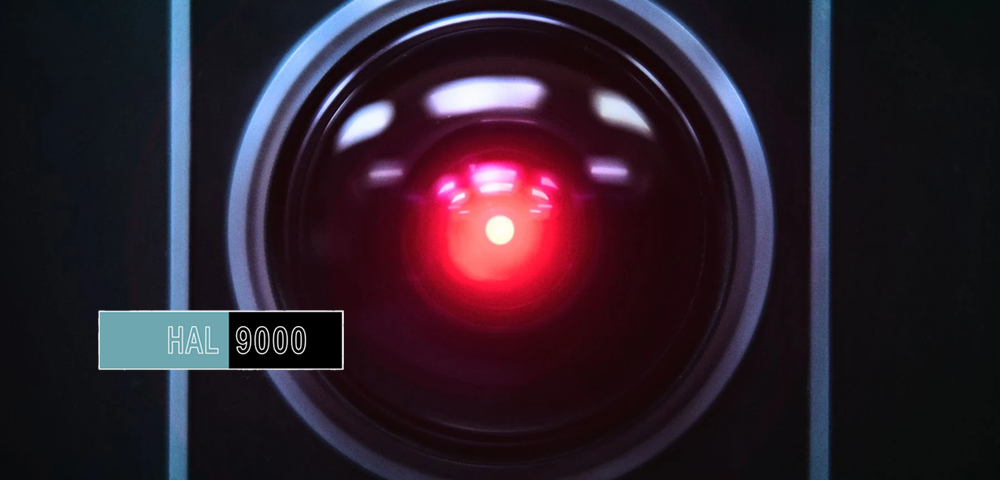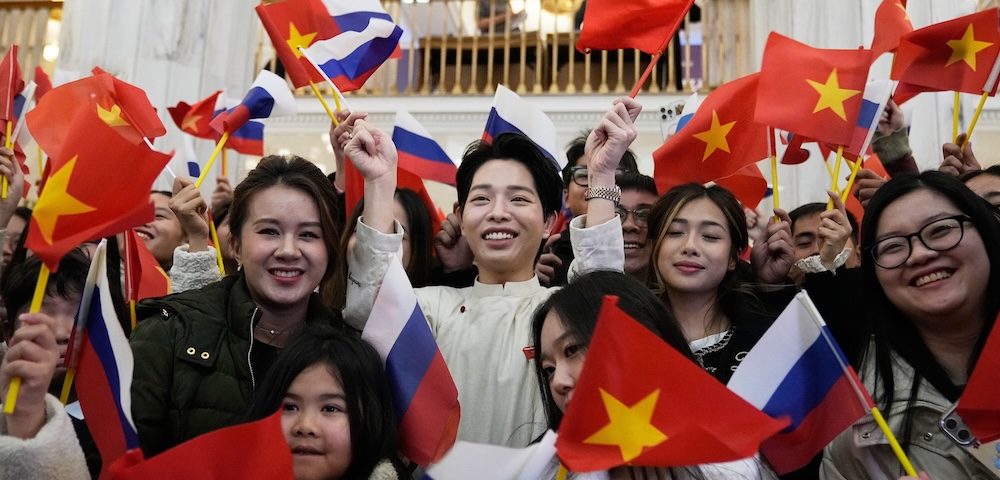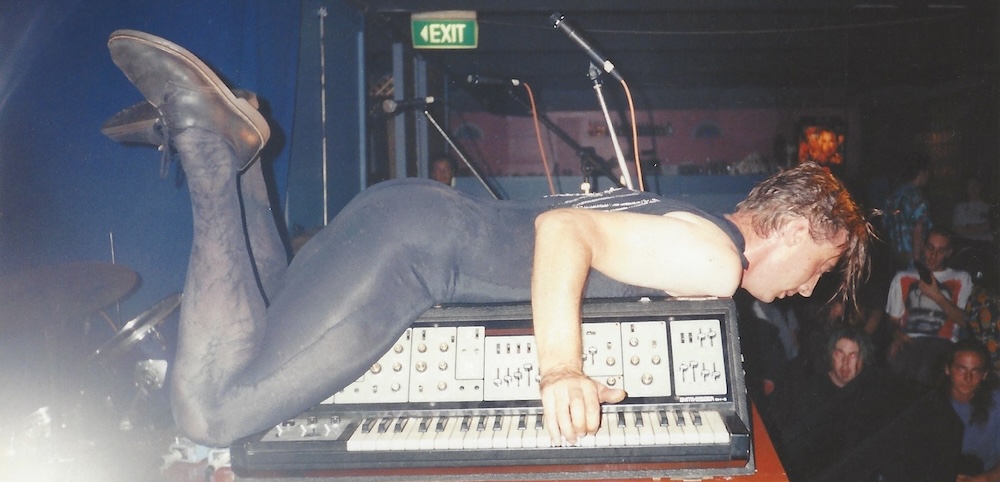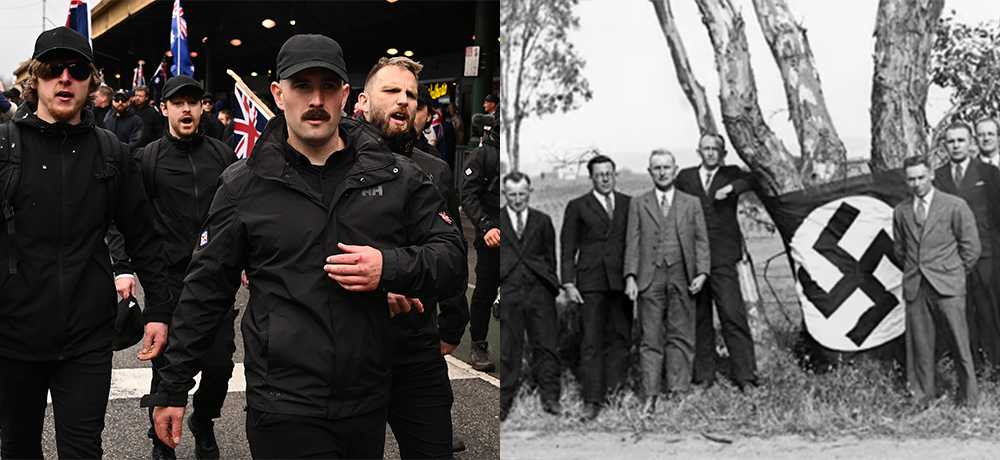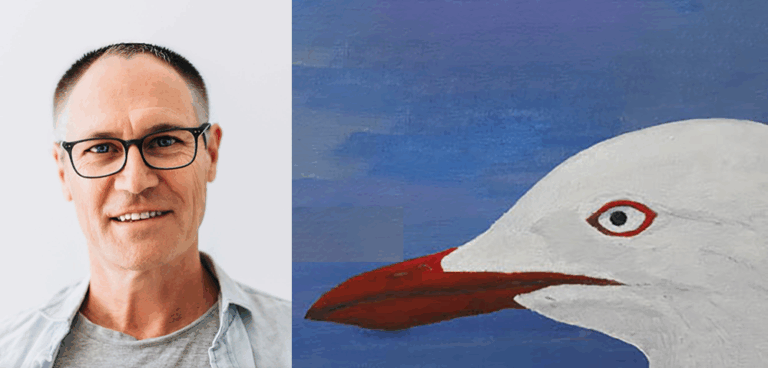
THE NAKED CITY: ‘PARKS AND RECREATION’
In a perfect world architects and civic planners design communal spaces that are embraced by the public and quickly adopted as an essential part of the fabric of the city. Sydney has numerous such spaces, many of which have become favourites with workers, city dwellers and tourists alike. However, as we know it’s not a perfect world, and many of these municipal parks and gardens have failed to live up to the expectations of their designers.
Take the redevelopment of Taylor Square, which saw the deforestation of that iconic patch of greenery known as “Gilligan’s Island” and the installation of those sneaky enema-inducing water features. While the “Island” was home to an eccentric collection of characters, basking in its tropical ambience and enjoying the 24-hour wine tasting, it was an iconic part of Darlinghurst and a landmark in its own right. Today the treeless slab of the Island remains guarded by a row of centurion like geysers, but the soul has clearly departed.
Meanwhile, in the mean streets of Woolloomooloo the somewhat notorious Walla Mulla Park, a popular sleeping spot under the Eastern Suburbs railway bridge, has again become deserted. The last time this happened was in August of 2011 just prior to the official opening by the Lord Mayor, Clover Moore. The park had been given a much-needed makeover, costing hundreds of thousands of dollars, but already the itinerants had moved back in with their sleeping bags and blankets. Just prior to Clover’s appearance the City Rangers swooped, ejecting the rough sleepers and “disinfecting” the surrounds. An hour or so after the official opening, the park regulars had moved back in.
And so they have stayed right up until recent weeks when a campaign of “high visibility policing”, saw the homeless and itinerants once more evicted and the now grubby and graffiti’d park given a quick makeover. Today it’s virtually deserted, out of bounds to the homeless and of no attraction whatsoever to regular residents of the Loo, in particular the large public housing estate.
Sadly it’s one of those social experiments that was doomed to failure from the very beginning despite some very genuine efforts by the architects and civic planners to eradicate many of the problems of the old park. Walla Mulla was developed in conjunction with a neighbouring park in Bourke Street and it’s fair to say a great deal of research and practical application was put into the landscaping and design of these facilities. Imperative was the need to strike a balance between the needs of the omnipresent homeless and the Loo’s regulars. As the architects stated in a design award nomination, “No longer do the parks carry such a foreboding stigma, but rather they have a sense of dignity and comfort, enhancing the mixing of people of various socio-economic and cultural groups. This was a difficult project with a clear social agenda. This area has always attracted Sydney’s outcasts, those on the margins or beyond the boundaries of polite society. We are very pleased that we’ve helped to give them a little more safety – and dignity.”
This near utopian vision now seems little more than wishful thinking. In the last three years Walla Mulla has been monopolised by small groups of both the homeless and itinerant travellers, many of them fiercely defending their turf. Drugs, booze and regular squabbles including a stabbing have characterised the park eventually culminating in the police initiative of a few weeks ago.
While it’s easy to say now the thousands, probably millions, spent on upgrading these parks would have been much better allocated on building a new hostel for the homeless to complement the current Matthew Talbot Centre. Perhaps if the architects, the civic planners and the Lord Mayor herself had grabbed a sleeping bag and spent a few nights sleeping rough in the ‘Loo they would have gained a better idea of what was really needed. Sadly it’s back to the drawing board of good intentions.
